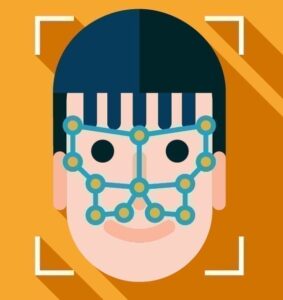ID R&D has released an updated version of its passive liveness detection SDK for facial recognition products. IDLive Face 1.14 comes with the expected performance improvements, which will reduce false rejection rates and guard against a broader array of presentation attacks, such as those that are carried out with 3D masks.

IDLive Face was originally released just over a year ago, and later received ISO 30107-3 certification after clearing the requirements for Level 1 of the iBeta Presentation Attack Detection testing program. The solution has since become quite popular with other facial recognition providers. IDLive Face can be integrated into an existing facial recognition platform to provide a layer of passive security and remove friction from the authentication process.
While other liveness detection solutions require some form of user interaction (such as a gesture or a head movement), IDLive Face is entirely passive, and performs the liveness check with the same selfie that is taken during the initial biometric scan. The result is a much more streamlined identity verification process, with one ID R&D customer claiming that abandonment rates dropped more than 30 percent (to less than three percent) after switching from active to passive liveness detection.
The latest version of IDLive Face will support offline deployments in standalone devices like kiosks and security doors. ID R&D has argued that the platform is ideal for remote onboarding and access control applications, and indicated that dozens of companies have adopted the solution in the first half of 2020. The roster of recent clients includes Zenoo, Reconnect, and TECH5, the latter of which allows customers to choose between a fully passive or a blended passive and active liveness detection option.
Gartner has also named ID R&D as a Representative Vendor for the second time after listing the company in its 2020 Market Guide for User Authentication.
–
(Originally posted on FindBiometrics)

Follow Us